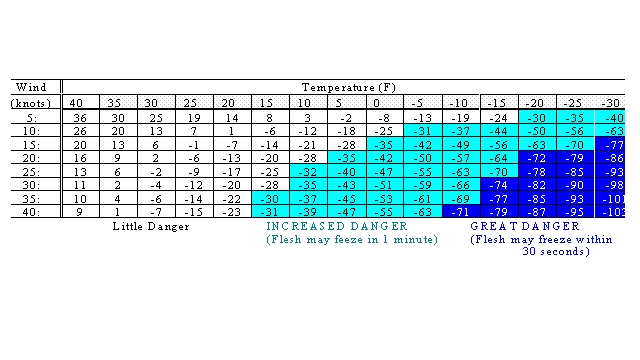
The biting chill of a winter day can make even the sturdiest among us shiver. We know wind chill makes us feel colder, but does it have any impact on objects like metal? This article delves into the science behind wind chill and explores its relationship with metal temperature. We’ll examine how wind chill works, the factors that influence metal temperature, and ultimately answer the question: does wind chill affect metal?
Wind Chill Explained
Wind chill is a measure of how cold it feels when wind combines with low air temperatures. It describes the rate at which heat is lost from exposed skin due to the combined effects of wind and temperature. Essentially, wind speeds up the evaporation of moisture from our skin, accelerating heat loss and making us feel colder than the actual air temperature would suggest. This phenomenon is particularly noticeable on exposed skin like hands, face, and ears.
The wind chill index, often reported alongside regular temperature readings, quantifies this perceived coldness. Higher wind speeds and lower temperatures result in a higher wind chill index, indicating a more intense feeling of cold. Understanding wind chill helps us dress appropriately for outdoor activities in cold weather and take necessary precautions to avoid frostbite or hypothermia.
Metal Temperature Factors
Unlike humans, metal doesn’t feel the cold. Its temperature is primarily determined by its surrounding environment and its own thermal properties. Several factors influence how quickly a metal object heats up or cools down:
- Air Temperature: The most significant factor influencing metal temperature is the ambient air temperature. If the air around a metal object is warmer, the metal will absorb heat and increase in temperature. Conversely, if the air is colder, the metal will lose heat and cool down.
Material Properties: Different metals have varying thermal conductivities, which determine how easily they transfer heat. Metals like copper and aluminum are excellent conductors of heat, meaning they can quickly absorb or release heat compared to materials like steel or iron.
Surface Area: A larger surface area exposed to the air allows for more efficient heat exchange. Objects with a greater surface area will cool down or heat up faster than those with a smaller surface area.
- Insulation: The presence of insulation around a metal object can significantly affect its temperature. Insulation materials, like foam or fiberglass, act as barriers, slowing down the transfer of heat between the metal and its surroundings.
Heat Transfer and Metals
Heat transfer occurs through three primary mechanisms: conduction, convection, and radiation.
Conduction: This involves the transfer of heat through direct contact between objects. When a hot object comes into contact with a cooler one, heat flows from the hotter object to the cooler one until they reach thermal equilibrium. In the case of metal, conduction plays a significant role in how quickly it heats up or cools down when exposed to different temperatures.
Convection: This involves the transfer of heat through the movement of fluids, such as air or water. When warm air rises and cool air sinks, it creates a convection current that can transfer heat away from a metal object. Wind chill intensifies this process by increasing the rate of air movement around the metal surface.
Radiation: This involves the transfer of heat through electromagnetic waves. All objects emit thermal radiation, and hotter objects emit more radiation than cooler ones. While radiation plays a role in heat transfer, it’s generally less significant compared to conduction and convection for metals at typical temperatures.
Does Wind Chill Affect Metal?
While wind chill significantly impacts how we feel the cold, it doesn’t directly affect the temperature of metal itself. Metal’s temperature is primarily determined by its surrounding air temperature and its own thermal properties.
Wind chill does influence the rate at which heat is transferred from a metal object to the surrounding air through convection. Increased wind speed accelerates the movement of air, enhancing the convective heat transfer process. This means that a metal object exposed to windy conditions will cool down faster than one in still air, even if the air temperature remains the same.
However, it’s crucial to remember that wind chill doesn’t change the actual temperature of the metal; it simply affects how quickly it loses heat to its surroundings.
Conclusion
Wind chill is a fascinating phenomenon that highlights the complex interplay between weather and human perception. While it makes us feel colder, does wind chill affect metal? The answer is nuanced. Wind chill doesn’t directly change the temperature of metal but can accelerate heat loss through convection, causing it to cool down faster in windy conditions. Understanding these principles helps us appreciate the intricate ways in which our environment influences both our comfort and the behavior of materials around us.
